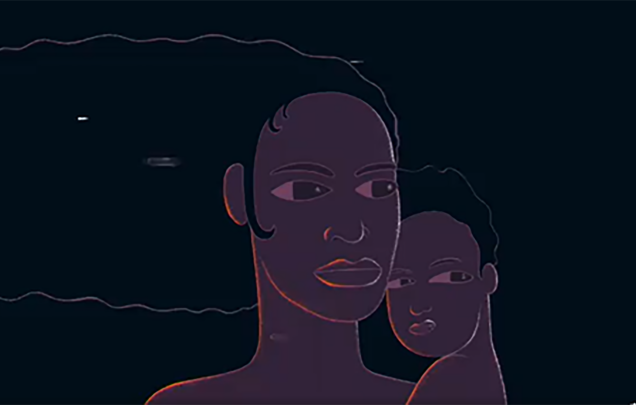Perspectives

Comparing perspectives
Visit the online exhibition Eight Days in Kamay, and listen to Shayne Williams explaining how the Aboriginal people knew that the Endeavour was coming, and also the use of fire and smoke at this time.
View the journal entries from onboard the Endeavour that describe the smoke and fires that they see on the shore as they sail up the coastline, in the online exhibition. Make sure you select to ‘Read more’ to see more accounts of the fires.
View the animation again, pausing it on the scene representing the smoke. Discuss the use of colour and movement in this scene to effectively convey the smoke signals and messages moving up the coastline to warn of the arrival of the ship.
Imagine you are an illustrator for a picture book retelling the story of the Endeavour’s arrival on the East Coast of Australia, from an Indigenous perspective. How would you represent the smoke signals and message sticks?
Draw an illustration, taking into consideration the colours, viewing angles, symbolism and other visual techniques that would work to show the communication between Indigenous groups along the coastline.
Seeing things differently
Form pairs and view the following two paintings:
Talk about the following with your partner as you look at each painting:
- What you see in the painting — the actual objects, people and places
- What you think about the painting — what you think about what is happening, the place and the people/objects you see
- What you wonder about the painting — what questions do you have about the painting and what would you like to know more about?
Listen to the following recordings of Bruce Pascoe speaking about these two artworks
- No. 4 Government House and Fort Macquarie Sydney N. S. W from the Botanical Gardens. Listen and view the artwork, here.
- Stoneleigh. Listen and view the artwork, here.
Discuss
- How does the audio help you to think differently about the paintings?
- What did you learn about the people and places in the painting?
- Why is seeing an Indigenous perspective of colonial art so important?